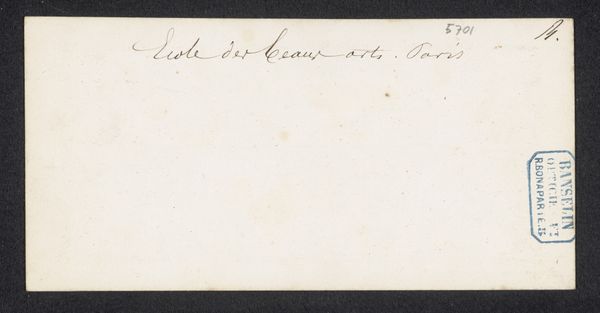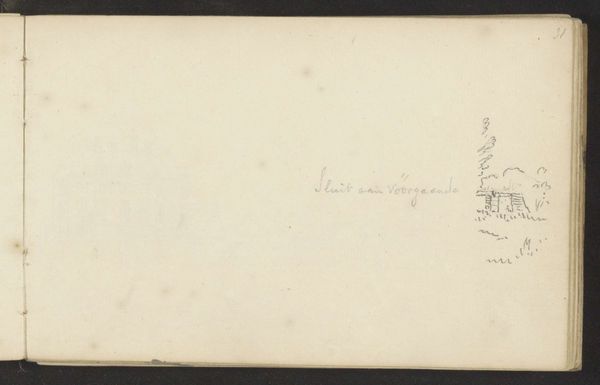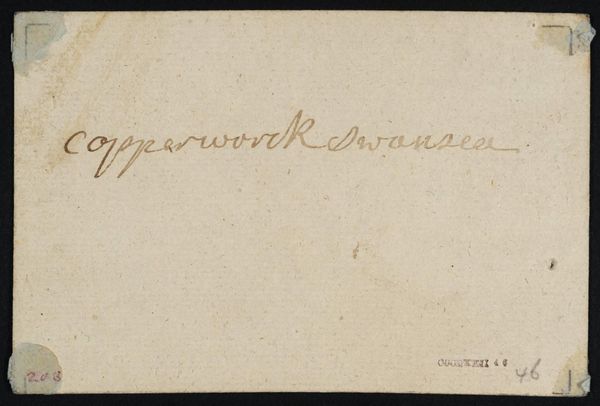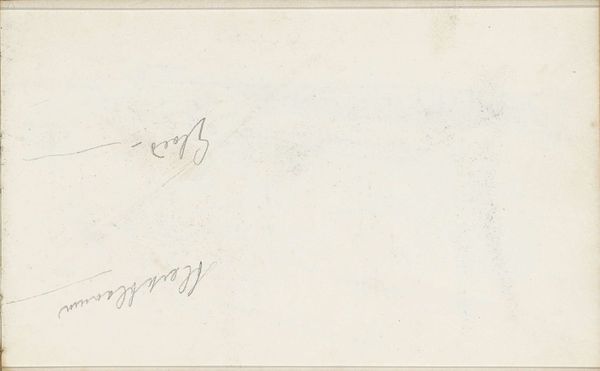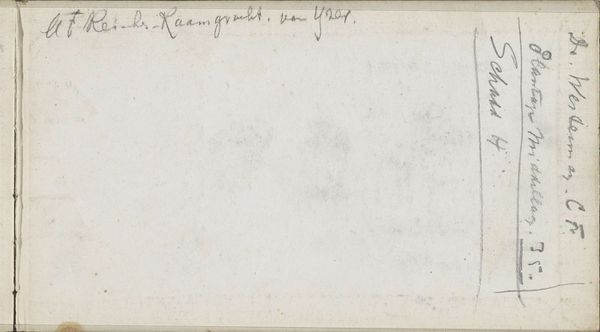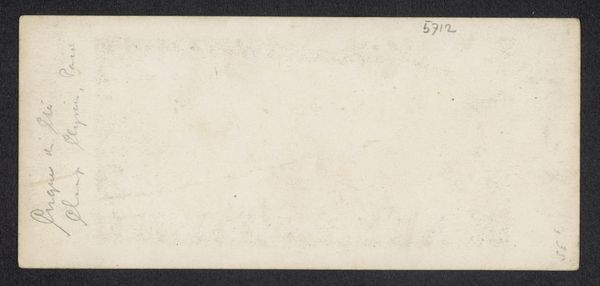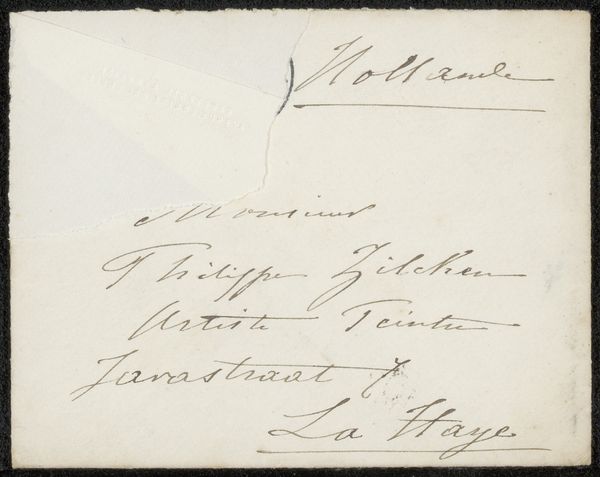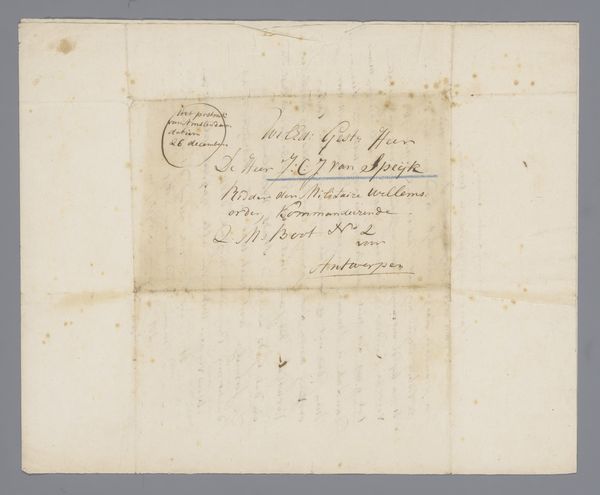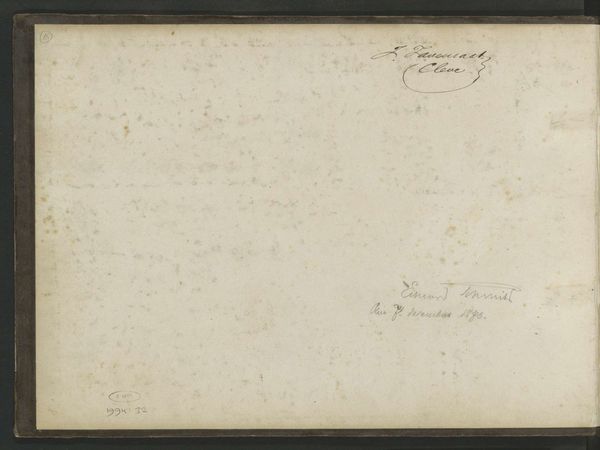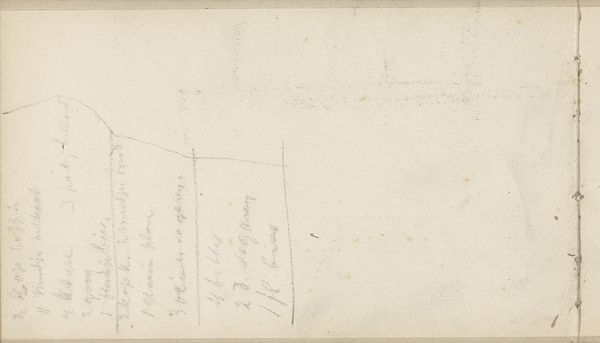
Gezicht op de Colonnade du Louvre van het Palais du Louvre in Parijs c. 1850 - 1870
0:00
0:00
print, photography, albumen-print
# print
#
photography
#
cityscape
#
albumen-print
#
realism
Dimensions: height 84 mm, width 168 mm
Copyright: Rijks Museum: Open Domain
Curator: Before us is an albumen print from around 1850 to 1870, by Noël Paul Chapus, titled "Gezicht op de Colonnade du Louvre van het Palais du Louvre in Parijs," or "View of the Colonnade du Louvre from the Palais du Louvre in Paris." Editor: My initial reaction is one of serenity, a feeling of classical order. Even though it’s just a photograph, the colonnade presents itself as a kind of sanctuary. I am thinking about the function and power that imposing classical order had for folks who lived under these values. Curator: It’s an intriguing point you raise about sanctuary. Chapus, working within the context of post-revolutionary France, and under the Second Empire of Napoleon III, probably wanted to show something other than turmoil. The clean lines, the light… all serve to reinforce a narrative of stability and order. The image subtly hints at ideas around statehood, too, even perhaps the male-dominated sphere of its functioning. Editor: Absolutely. Colonnades often evoke themes of power, rationality, and even civic duty. And thinking about classical icons and values and how they appear, that the print is sepia-toned contributes, almost like invoking classical sculpture. Curator: Right, the tonal range really softens any potential harshness. By depicting this specific portion of the Louvre, and probably catering to tourists and the upper-classes who want to possess this souvenir, Chapus may be tapping into a yearning for continuity, for a return to what were perceived as core, even divinely sanctioned, ideals, for folks trying to regain balance through symbols that reflect that they lived and reigned legitimately. Editor: It seems to capture the desire of many in that period to reclaim something solid after a tumultuous era. The colonnade, almost frozen in this frame, speaks to permanence and an attempt to monumentalize those political intentions. Curator: Indeed. It's interesting how this photograph, seemingly objective, becomes a carrier for powerful ideologies about state, control and belonging. It allows us to examine how even seemingly benign architectural records are woven into complex social fabrics. Editor: Yes, considering its place at that time, even what we now would call architectural photography shows the symbolism of buildings and how they carry history and continuity for those engaging and gazing at this very iconic image.
Comments
No comments
Be the first to comment and join the conversation on the ultimate creative platform.
